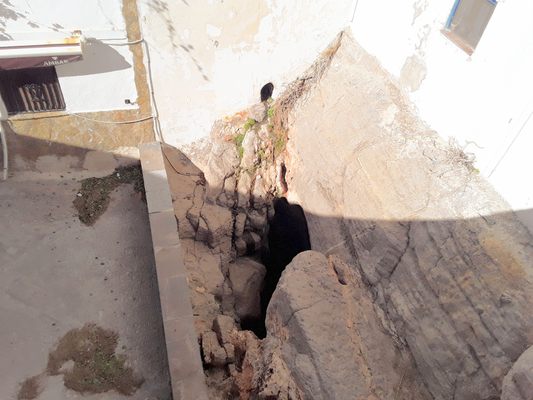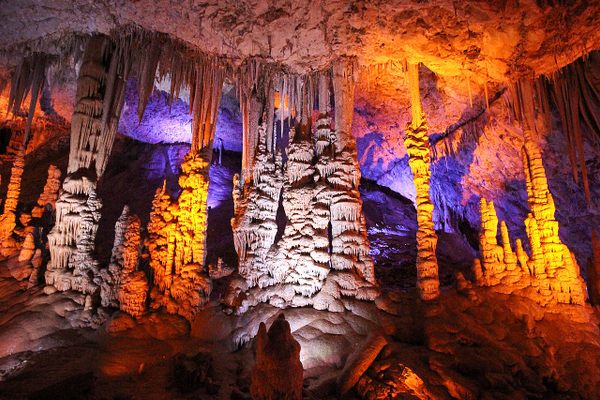About
Sea caves with inland blowholes are not exactly rare. However, it is uncommon to come across one erupting within a cluster of buildings within a medieval town.
Under the right conditions the sound of the air moving through the bufador, or blowhole, can be heard through much of the Old Town in Peñiscola, Spain; a great snort that reverberates through the air. When the waters start to churn, the sound is accompanied by spray that rises up like a jet of steam. And when the sea’s really riled up, a great column of water bursts from the 210-foot-long blowhole at intervals, sometimes so forcefully it makes the nearby buildings quake.
The tunnel system is called the Bufador del Peñiscola, but its longer—and more interesting—name of El Bufador del Papa Luna refers to the real name of Pope Clement XIII, Pedro Martinez Luna. He was the last of the "Popes of Avignon," a string of pontiffs forcibly installed by the King of France that the Vatican still considers to be antipopes.
Luna took up residence in the town’s castle in 1415 after his appointment as pope. He converted the castle, which still bears his name, to a papal palace. Local legend says the sound of the blowhole discouraged potential attackers from storming the town. This is perhaps rather unlikely, but the truth is that despite his disputed legitimacy, no such attack ever took place.
Related Tags
Know Before You Go
The castle itself is also worth a visit and, for movie fans, it is notable as one of the filming locations for the 1961 classic movie El Cid, which featured Charlton Heston in the namesake role.
Community Contributors
Added By
Published
July 1, 2019






























